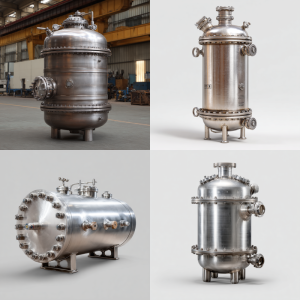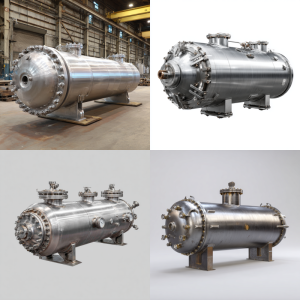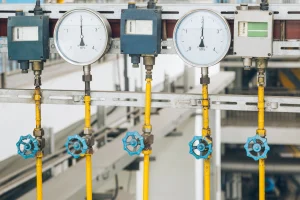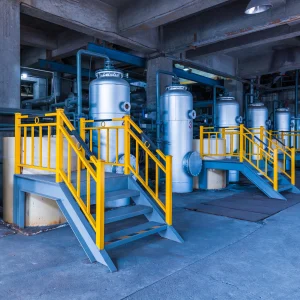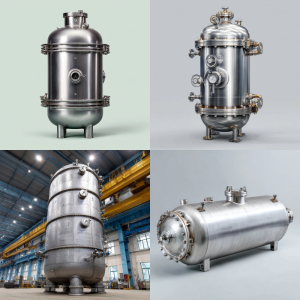
What Is the Best Material for Pressure Vessels? Find Out Now
What Is the Best Material for Pressure Vessels? Find Out Now Choosing Wisely: What Is the Best Material for Pressure Vessels? Selecting the right material for a pressure vessel can feel like navigating a maze. You want safety, affordability, and reliable performance all in one. Good news, you are not alone in figuring this out. Many buyers (including large-scale operators) wrestle with the question: what is the best material for pressure vessels? A study by Wattco highlights that improper material
